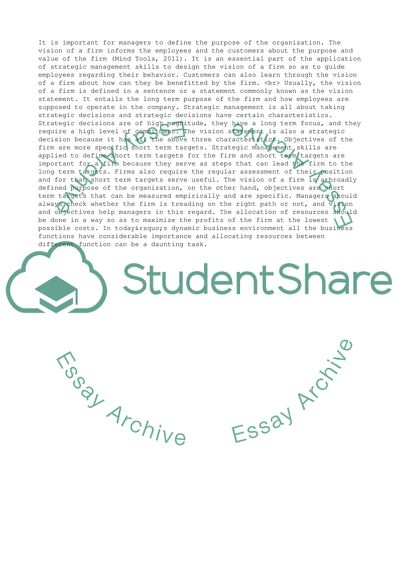Cite this document
(How to Apply Strategic Management Skills Coursework - 1, n.d.)
How to Apply Strategic Management Skills Coursework - 1. Retrieved from https://studentshare.org/management/1579867-strategics-management
How to Apply Strategic Management Skills Coursework - 1. Retrieved from https://studentshare.org/management/1579867-strategics-management
(How to Apply Strategic Management Skills Coursework - 1)
How to Apply Strategic Management Skills Coursework - 1. https://studentshare.org/management/1579867-strategics-management.
How to Apply Strategic Management Skills Coursework - 1. https://studentshare.org/management/1579867-strategics-management.
“How to Apply Strategic Management Skills Coursework - 1”, n.d. https://studentshare.org/management/1579867-strategics-management.


